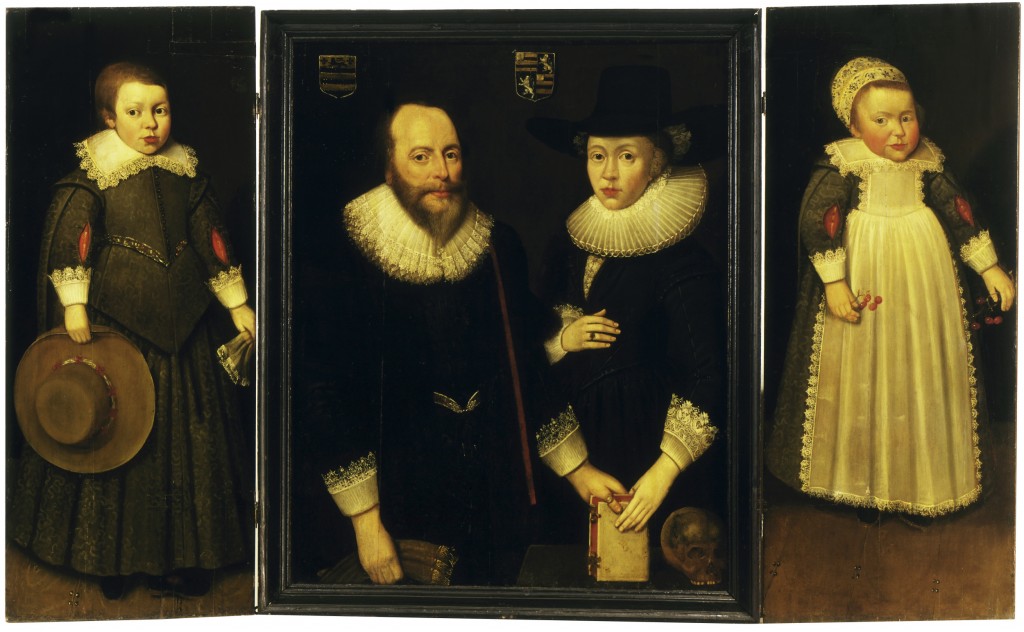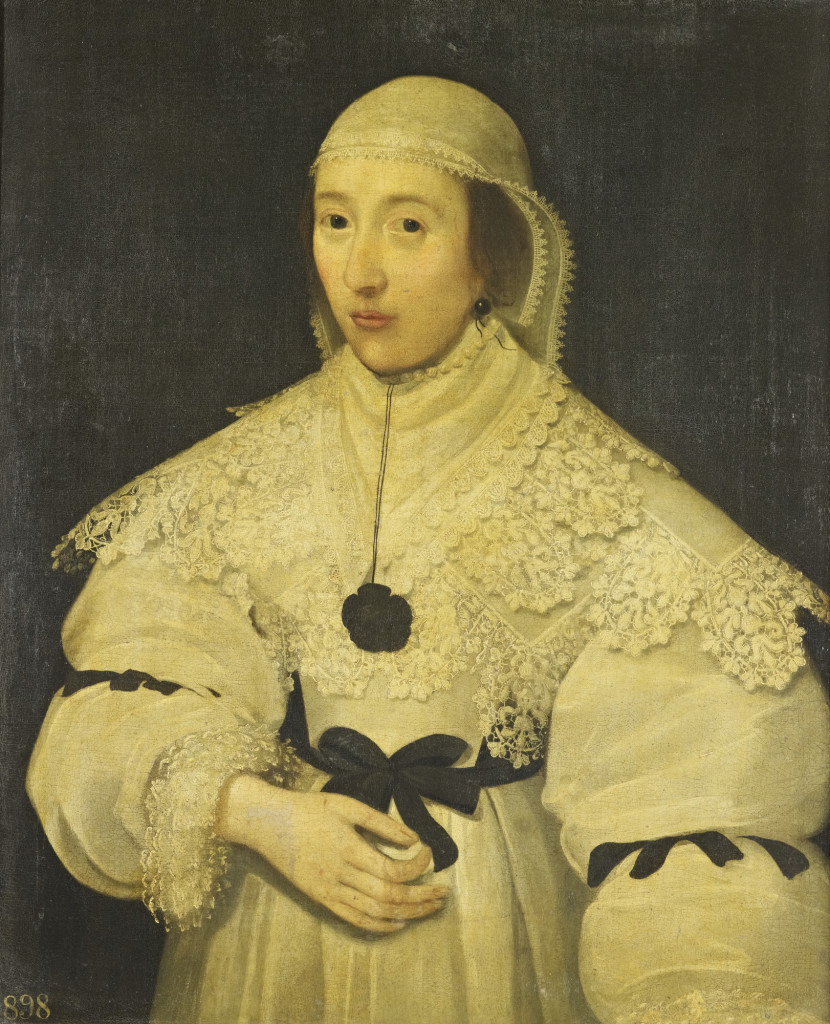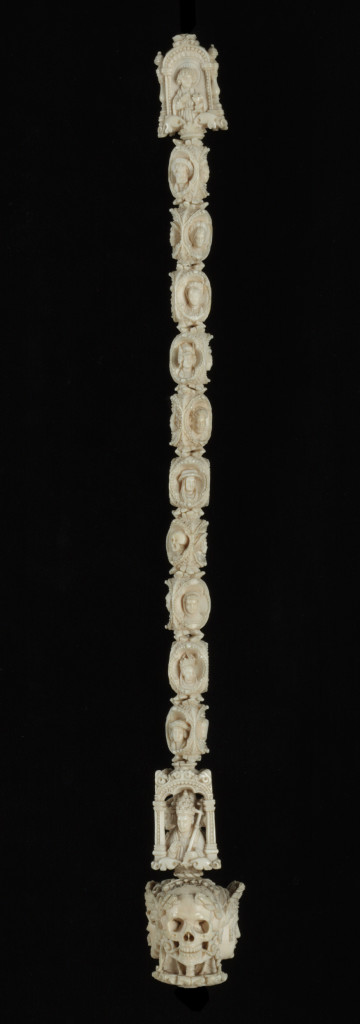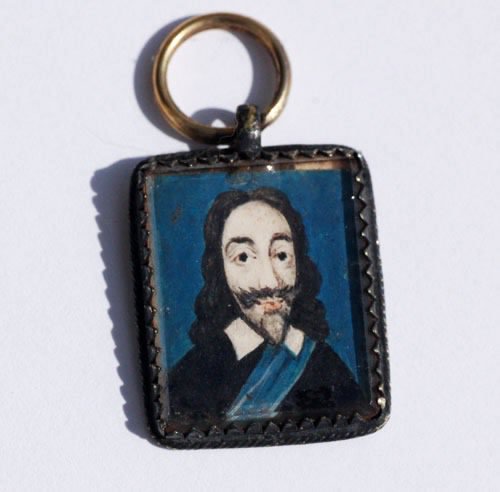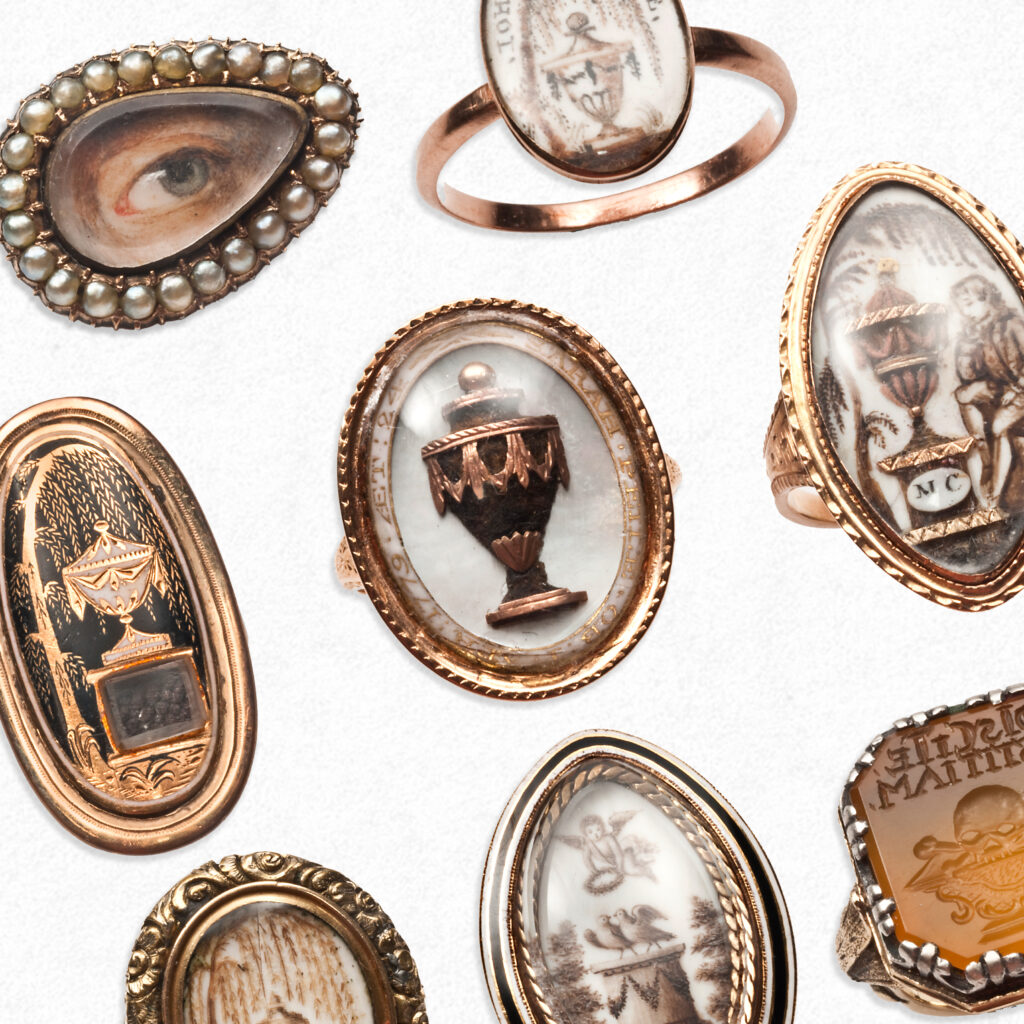Mourning Jewels: How They Were Worn, Part 1
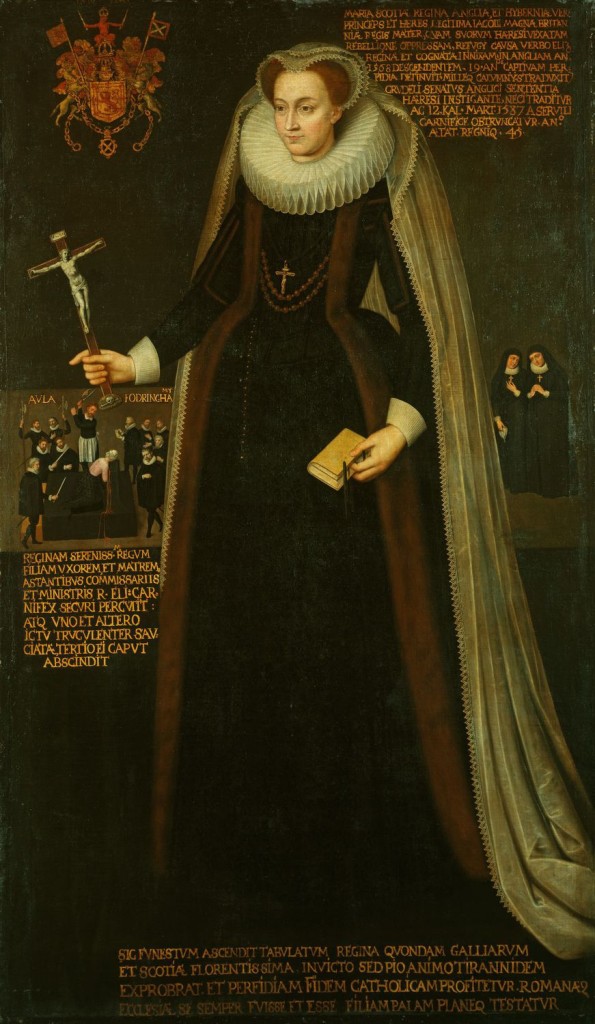
A question as simple as ‘how was a jewel worn?’ leads to the most complex of answers.
The narrative of mourning and sentimental jewellery in the modern age is intrinsically interwoven with the growth of industry and newfound access to wealth , along with the emergence of newly-mobile social class. Fashion is rarely, if ever, adopted arbitrarily. The purpose of embracing fashionable trends is the desire to be viewed, understood and duly represented by the public.
When the self can be presented visually to others through fashion, the wearer is left open to critique, either consciously or not. The ways in which jewels were worn played a very important part in the process of self-presentation and social-mirroring throughout the centuries .
The ways in which these treasures were worn changed with the changing fashion, as well as social and economic advances, including access to new materials and decreased government tariffs. Lighter alloys used in jewellery production from 1854 completely changed the size of brooches, which, as they were now significantly lighter, could be worn with more voluminous crinolines. The wearing of silver became popular in 1890 due to new discoveries in mining and the removal of tariffs. The fallout from the French Terror led to over-saturation of gems on the market, while the Napoleonic Wars made gold scarce, changing once again the design and density of jewellery, but also benefiting floral/natural symbolism and the craft of jewellers to extend what gold they had.
The manner in which jewels were worn was a statement. Social, political and religious beliefs during times of intellectual challenge were reflected in the way people presented themselves to society. Simply looking at a jewel for its fashion within the context of being ‘Georgian’ or ‘Victorian’ ignores the original reasons for why it may have been worn. Investigating how these jewels were presented on the body opens up greater insight into how the public represented love, loss and identity.
This portrait of Paull and Dorothy Holme with children dates from 1628 (artist unknown), depicting the symbols of birth, death and marriage. Its folding panels, with the children on each side, fold into the parents, representing the closeness of the family. A lot of modernity is placed upon the wearing of a jewel. It is easy to consider that a wedding ring has always been placed on the third finger of the left hand, or that a gentleman wears a signet ring on the right pinky finger. Other jewels that were typical in the early-modern period have become obsolete due to changing fashions. When considered at how they were worn, much can be considered as to the fashion of the time and practicality. If a jewel has survived for four hundred years, the suggestion of it being precious and not part of daily life is a valid point.
The Holme family are dressed in the style of the merchant class and not the epitome of fashion. It still resembles wealth, but practicality of the family and an intriguing insight into the new mobility in society that commerce could bring a family. Elaborate use of needle lace in the ruff and cuffs show the great expense and lend to the family’s affluence, as well as the bobbin lace of his wife, woven in an English method. The beaver hat that Dorothy wears reiterates the merchant-class level of the family, as it was a typical accessory at the time in this class.
Each of the panels reference the fragility of life, with youth flanking old age. A visual pun on the right incorporates two inscriptions, where “Christ is represented by a painted figure and the clock dial completes the inscription ‘We Must’ by representing the words ‘Die All’.” For the purpose of wearing jewellery, focus on the left hand of Paull. On his thumb, he wears a memento mori mourning ring, a fashionable statement of living because death is inevitable and judgement comes next. This is a fascinating insight into the actual wearing of the rings that are coveted today. The ceremony of wearing the ring would be in daily life how this portrait was depicted, being important for viewing, rather than any social proprietary being placed upon a specific finger.
In this very similar early 17th century ring, one can see the remnants of the green enamel in the shoulders of the ring, balancing with white enamel, used effectively here for bones. The Latin inscription states ‘FOELIX CONCORDIA FRATRUM’ (a happy concord of brothers), bringing this memento mori ring into the realm of fraternal love in its construction, rather than being of direct mourning connotations. Rudoe and Dalton also have assumptions about the piece:
Text from Dalton 1912, Catalogue of Finger Rings:
‘Rings of the memento mori type were, however, used as mourning rings; jewellers probably stocked them, and names or initials were subsequently added to order… they may be regarded as potentially mourning-rings, though some might equally well be considered devotional.’ The inscription indicates that this ring commemorates the death of two brothers – perhaps twins- who died at the same time. The back of the bezel bears a letter H above I and A, the standard way of indicating two members of the same family: the initial letter of the surname above and the initial letters of the two Christian names below (J. Rudoe, 19.11.03).
If this was a ring which had been used for the dual purpose of being a memento mori ring and also for mourning (they weren’t originally mutual as a concept), then the ring may have been worn as a token of personal identity first, between brothers, then tailored for the purpose of mourning later. Regardless of this, the nature of the green enamel as being a balance of colour for the skull and the bones is simply a colour which was fashionable. The concept of rebirth and rest hadn’t been introduced until the Romantic period. It was only by the 18th century that synthetic dyes had replaced vegetable pigments and dyes in art, which led to a greater permeation of green as a visible colour in design and arts. When something is ubiquitous enough, then it can gather a meaning which a population can understand, but this ring was early enough for the colour to resonate design over symbolism.
Vanity is a wonderful term to consider memento mori of the 17th century. It reflected back on the lifestyle and politics of the wearer. Utilising these elements of death or love had previously been relegated to those who could afford the affectation in fashion, but now, there was an element of society that existed which could live for the pursuit of philosophy and challenging thought.
Signed and dated 1624, this irregularly sized portrait depicts a the sitter wearing matt black fabrics, considered for mourning. The portrait is not a full sized portrait, nor is it a miniature, which is odd for the work of Cornelius Johnson, who painted it. Over her heart is a ribbon point, an unusual addition to her dress, which is suggested to be a sentimental token. Items pinned to the bodice were typical of the early 17th century and seeing one in-situ is a charmingly personal element that dovetails into the mourning and sentimental jewellery featured in this article. Another sentimental touch of wearing of jewels is the earring that has a series of charms strung together, notably the praying hands. These are personal statements of love, affection and piety.
Contrasting the 1624 portrait, this half-length portrait shows the woman wearing a white linen mourning dress with black trim, a style for second stage mourning that will be referenced later in the 18th century, pearls and a black string necklace/earring combination can be seen. Mourning jewellery is designed to create a contrast in the use of white or black. Its requirement is to leave no other consideration about the status of the person who wears the jewel. This would satisfy the context of religion, the family and the self in a social capacity.
The chaplet, a rosary used to count a series of prayers, was also a common accessory that was a contemporary of the ring above in fashion. Worn at the waist or held, these accessories denote status and are related to the watch chain. Mary, Queen of Scots can be seen wearing hers at the beginning of this article.
Made in the France or South Netherlands c.1530, this ivory rosary/chaplet reflects the memento mori symbolism, within the Christian paradigm. This luxury item was made for the French and was considered highly fashionable. A chaplet was a device for keeping count of the number of prayers in both the rich and the poor. Its beads consisted of ten ‘ave’ beads, which were for the ‘Hail Mary’ and the larger beads that can be seen were for the ‘paternoster’, which was for the ‘Our Father’ prayer. Memento mori is seen within prayer to show the immediacy of death, or even ‘Death’ as a physical presence. This can be seen in the reflection of male and female heads, where death is literally becoming the subject. With these elements, artists could add further memento mori elements, such as worms, crawling from the skull.
As symbolism of memento mori started to permeate beyond just the literal form of decay, it begins to represent what it means to live as an individual within a society. In 1517, Martin Luther’s Ninety-Five Theses challenged ecclesiastical thinking, leading to the Protestant Reformation and creating a backdrop of discourse which enabled Henry VIII to separate the English Church from Rome in 1534. This was the result of a series of events, including Henry’s annulment of his marriage to Catherine of Aragon, the English Reformation and Lollardy. As a result of each of these forces, the period of the 16th century to the turn of the 17th century saw the establishment of concepts surrounding mortality and life in Europe. For a time when ecclesiastical figures dominated art and chastity and utilitarianism defined the nature of lower/middle class costume, challenges to defined groups within society became acceptable.
Within the context of the ‘Great Schism’, this rosary shows how rapidly the style of the human condition had changed within ecclesiastical praise. Death, as a symbol, was making a popular impact upon how people wore their own faith. Its incredible carving is an evolution of the immature style of the previously seen skulls and heart motif in the 15th century ring, however, it came from a place with greater Catholic value. Death, as a message, was being carried across the continent through its absolute symbolism of decay and mortality. Considering this was used within daily ritual in the ‘Hail Mary’ and ‘Our Father’ prayers, this rosary was a functional part of the day, to hold on to and to use when ‘talking’ to God.
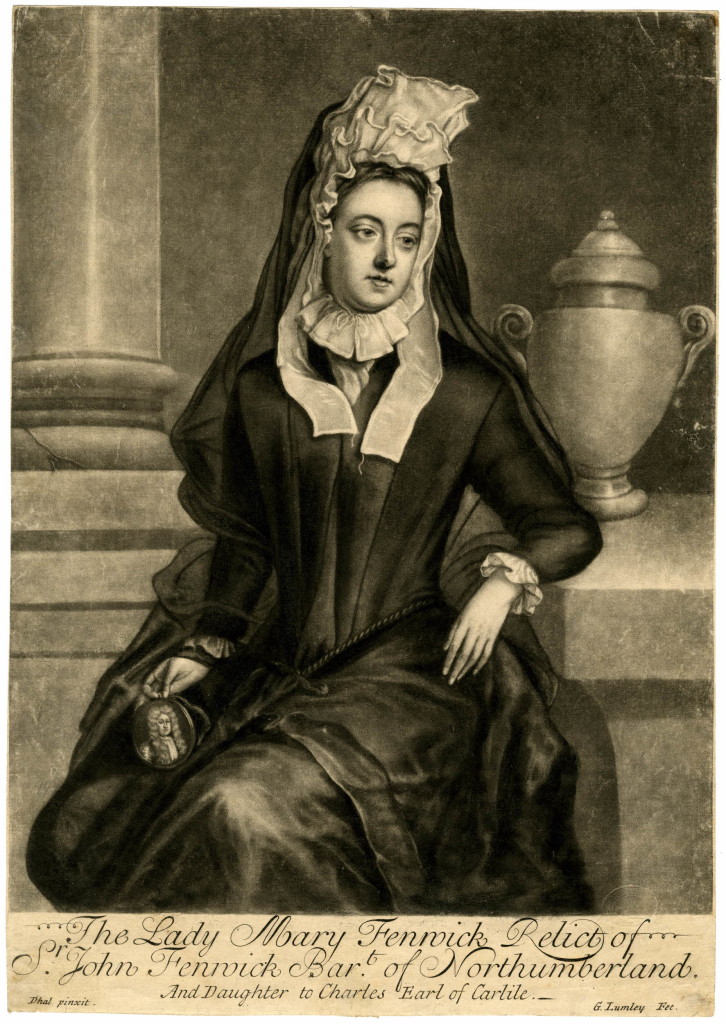
Lady Mary Fenwick appears in deep mourning, wearing no jewellery. In this phase of mourning, it was proper not to wear jewellery and to cover the hair, which she has in this ‘fontange’, or commode, style headdress. These were made from pleated lawn, lace or gauze, constructed with wire, then folded lace or ribbon in the front. Veils had led to this style, which became popular around 1690 to the early 18th century, the point of the front being the etymology of the term ‘widow’s peak’. In her hand, the portrait miniature of John Fenwick, presumably by Peter Cross, c.1680. The miniature portrait and its ability to be compact, detailed and private enough to be contained in a locket or velvet compact box, was a perfect companion for those who were separated. This print is perfect for showing how they were treated as a memorial companion, with Mary holding it with her and not worn on the body as a pendant.
One of the more illusive jewels to be a fundamental part of mourning jewellery collecting is the ribbon slide. Its purpose in fashion became less and less important by the 18th century. Fashions were changing and the jewels of the 17th century needed to adapt. By c.1730, it was an anachronistic accessory, while larger bracelet clasps had begun to take their place.
“Fashion-conscious women almost invariably wore bodice ornaments or a large jewel in the centre of the bodice at the neckline. Such oranges as crosses might be pinned to a ribbon tied in a bow, but from the mid-17th century the bow itself was produced in metal and gems… Religion, death and politics are recurring themes in 17th-century jewellery: crosses were worn by both Catholics and Protestants, and some were discovered in the Cheapside Hoard… The successive constitutional crises in English politics are evoked by rings, lockets and bracelet slides (worn on velvet bands passing through twin loops at the back) representing Charles I and his children, and later William III and Mary II.” – The Grove Encyclopedia of Decorative Arts, Volume 1, edited by Gordon Campbell
Hair weaving was one factor in their decline, with fashion widening the silhouette and exposing the wrist. Bell/trumpet shaped sleeves became narrower, ending below the elbow and revealing the exposed wrist, making it an ideal place for larger jewels. False sleeves, known as ‘engageante’ were introduced, being made of linen, lace or cotton in the form of ruffles or flounces, which did not disrupt the wearing of the bracelet.
Wearing a Jewel is Who We Are
Connecting piety, religious reverence and displaying oneself in mourning are all part of how and why a jewel was worn. Being a fashion item that was displayed during a time of a religious schism elevates the importance of a jewel to be much more than just a token of affection. It is a personal statement that shows social status and personal opinion. If not for the simplicity of the locket after the death of Charles I and its ability to hide his miniature portrait, the royalist movement could not paved the way for the popularity of personalised mourning jewellery. Carrying or wearing a jewel isn’t just for the context of the love between a couple in a relationship, it’s a global statement. The 16th and 17th centuries are the flagstones of the modern era, allowing for personal and political critique, social mobility, new opportunities for education and even travel. Establishing identity through fashion is as important to promote our values today as it was then.
In the following article, we will explore the 18th and 19th centuries in wearing mourning and sentimental jewels.




